A strange kind of hobby: visiting empty houses and documenting their decay with pleasant shivers. On the way with two explorers of so-called Lost Places.
A strange building stands high up in Küsnacht, in the Itschnach district of the village. It doesn’t really fit here in the villa district, where the gardens of some properties are as big as soccer fields and the view is of Lake Zurich. A sign shows the way. “Clinic St. Raphael” is written on it. There is also a sign at the parking lot 50 meters away: “Only for St. Raphael Clinic”. As if patients and employees would still park here.
The private clinic has been closed since 2008. If she ever had the luster of wealth and exclusivity, that has long since faded. Most of the windows have been smashed, the facades have been sprayed with spray, ivy and blackberry bushes are creeping inside, half-heartedly covered construction machines are standing around in front of the main entrance.
To call the building complex at the edge of the forest run down is putting it kindly. But that is exactly why the old clinic has a special appeal.
On this January morning, just as it is getting light, a dark minibus pulls into the parking lot. A man and a woman in construction worker’s clothing get out: sturdy shoes and trousers, fleece jacket, thick gloves. Both carry backpacks with photo material. You are here to explore the clinic.
Michaela Zürrer and Claudio Merki* call themselves Urban Explorers: a worldwide movement of people who visit abandoned buildings and areas in their free time. So-called Lost Places, forgotten places. They document their visits with photos and post them on social networks or their own websites. They want to remain anonymous because their hobby is on the borderline of legality.
The former St. Raphael Clinic is such a forgotten place. The area is surrounded by a barrier. Merki puts her finger to her mouth. Nobody should be aware of this visit. Anyone who enters private property without authorization can be reported by the owner for trespassing. “If someone comes and asks what we’re doing here, I answer: take pictures,” says Merki. “And that’s true.” The police had already turned up, and then of course the area was immediately left again.
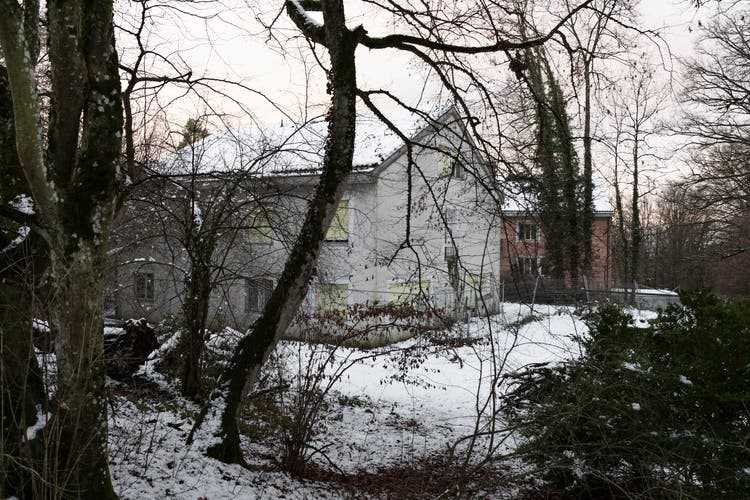
The St. Raphael Clinic is located in the Küsnacht district of Itschnach, in the middle of the residential area.
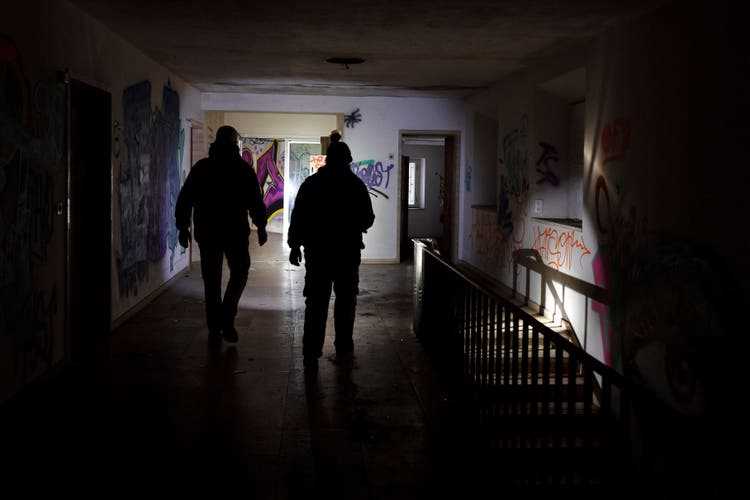
It’s dark inside the clinic – the Urban Explorers are walking through the spray-covered corridors with flashlights.
You can get inside through broken windows. It’s dark, the two turn on their flashlights to be able to see anything at all. Now another world opens up. The St. Raphael Clinic was once a hospital with around thirty beds and three operating rooms, opened in the 1960s. You have to search for the past for a long time here. Almost all of the walls are covered in graffiti, broken glass and rubbish lie on the floor.
Urban explorers or “urbexers” like Claudio Merki and Michaela Zürrer are looking for remnants of the past. They prefer places that look as if they have just been abandoned.
In this regard, the old clinic is a disappointment. “But there were vandals at work, not urbexers,” says Zürrer. Because they have a code of honor when they visit a forgotten place: don’t leave any traces, don’t break anything or take anything with you. She herself only explores buildings that she does not have to force her way into.
“I know it sounds paradoxical because we’re entering someone else’s property here,” she says, “but I want to show my appreciation for this building and its history. Patients were cared for here, people worked, earned their living and thus fed their families.»
A silent community
Zürrer is a young woman in her twenties with brightly colored hair and a friendly face. As a child, she was drawn to castle ruins, she says. Then, in her teens, she spotted an article about it Sanatorio del Gottardo in northern Ticino above Quinto: a former hospital that opened in 1905.
Until the early 1960s, the Sanatorio was run as a clinic for tuberculosis patients, since then it has been empty. “The article said the Sanatorio was the scariest place in Switzerland,” says Zürrer. “I had to go there.”
The Sanatorio, which looks like a haunted house and would be ideal as a backdrop for a horror film, is Switzerland’s most famous lost place. Zürrer still remembers her first visit clearly. “I was terrified because I had heard that occult practices were being practiced here,” she says, laughing. But the fascination prevailed.
Zürrer researched on the Internet and found that there is a community of Urban Explorers in Switzerland that consists of up to 1000 people. She was excited – and sobered at the same time. “Most urbexers don’t want to reveal the location of their photo subjects.” Those who inquire are usually turned away rather harshly.
So Zürrer decided to set up his own website with a database of abandoned places. Unlike other platforms, it publishes the locations of old houses, factories or restaurants. At the beginning she was attacked from the scene because of this. “I even got death threats.” Zurrer doesn’t understand that. «My experience is not worth less because I share it.» Claudio Merki, whom she met on another platform, sees it that way too. The two often go exploring together.
In the old clinic it seems as if there is hardly anything left to discover. But then a corridor opens, in which lies an overturned piano. A few meters away is a small blue pram. “One wonders how something like this found its way here,” says Merki. In one room, it must have been a former patient’s room, there is a wooden bed frame, the slatted frame is cracked.
Yellowed newspaper pages lie on the floor in front of the door, an NZZ from 1982. The cupboards and racks in the corridor are all empty. Zürrer had hoped for old documents. “You wouldn’t believe what people leave behind.” Patient sheets, for example.
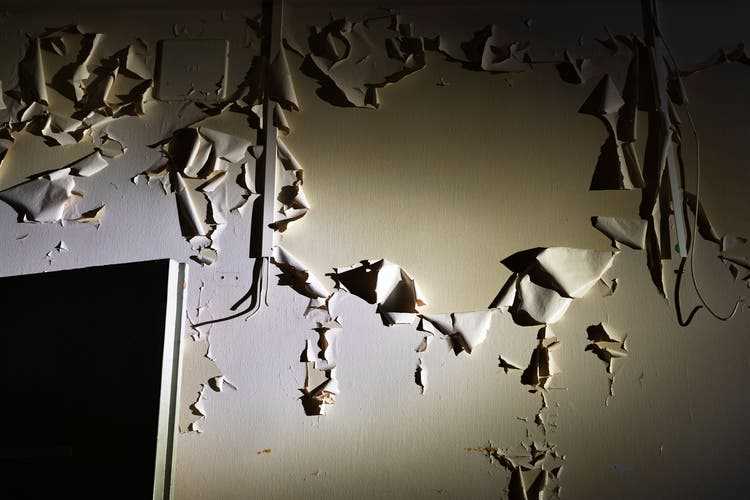
Peeling wallpaper: the decay in the old clinic is clearly visible.
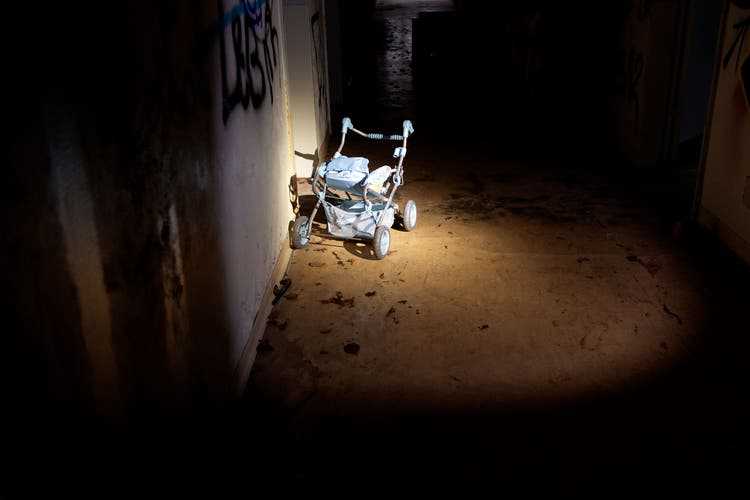
There is a stroller in one of the aisles. How do you think he got here?
As if the owners would be right back
Zürrer has already traveled through half of Europe in search of lost places. “If I hear about an interesting building, I get in the car and drive 500 kilometers there.” Preferably to France. There are old castles with huge estates. Some are still completely furnished with family photos, racks full of books, the tea service on the dining table. “It looks like the owners will be right back.”
She likes going to houses like this. “I’m well aware that I’m invading a private sphere here,” she says. She doesn’t have a guilty conscience and isn’t afraid of being discovered. Only when she sees belongings that are too personal does she get a strange feeling.
Switzerland is a tough place for lovers of abandoned buildings. Building land is scarce and in demand. Anything that is empty will be demolished and the property will be built over again. The St. Raphael Clinic is a special case. It is still standing because a lawsuit is raging over the property, which even the federal court has to deal with.
The Zurich private clinic Pyramide wants to build a new clinic here. But she must not demolish the old building complex: residents had appealed against the fact that the Villa Nager, the former main building, was released from the municipal protective inventory.
She hardly deals with the history of the properties that Zürrer visits. “I’m more interested in the experience.”
As she walks through one of the corridors, she stops and looks into a large room. It is probably an old operating room, a piece of technical equipment is hanging from the ceiling, probably an X-ray machine. The floor underneath is smeared with what looks like blood.
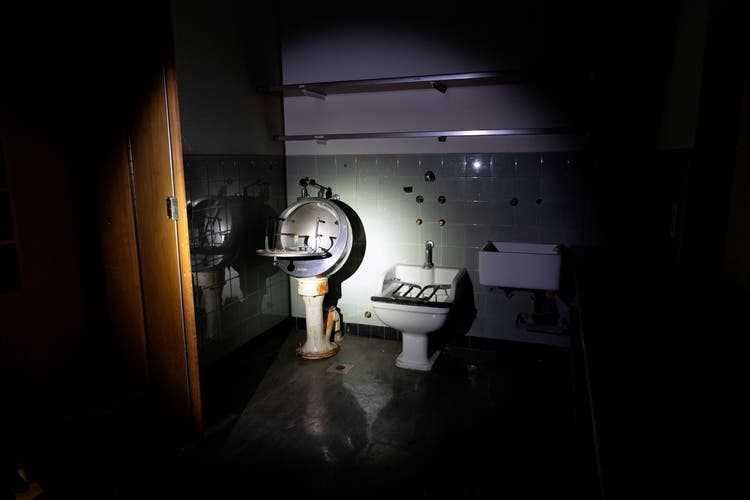
Technical devices in one of the wet cells are a reminder that the building was once a hospital.


The room on the left was probably an operating room. Right: The traces of the destruction are visible everywhere.
Perhaps, says Zürrer, homeless people or drug addicts would have stayed here. “That’s why it’s always good to wear sturdy shoes and clothes.” She tells of people who deliberately visit Lost Places barefoot or spend the night there. “I would never do that.” Vacant buildings would also like to be used for nude photography. “Once I burst into such a scene, it was pretty surreal.”
Actually, says Zürrer, she is a scaredy-cat. Despite this, she likes to go exploring on her own. Always with Merki’s warning voice in mind. The explorations are not without danger. That is why she does not publish any explanations on her website on how to get into a building.
Zürrer tells how she was once alone in the barn of an old farmhouse when the ground suddenly gave way beneath her and she fell down. She got away with a few scrapes. “I had no idea the barn had a basement,” she says. Merki, who is standing next to her, rolls his eyes.
A glass door has been smashed on the ground floor of the clinic, the path leads to the garden. It would be an easy way out. But you could see the uninvited visitors from one of the villas, so they decide to climb back out over the window frames.
Previously accessible, now walled up
How quickly a lost place can disappear becomes apparent when Zürrer and Merki drive to another location: to the old mill in Steinmaur. Until recently, the factory building in the middle of the pretty village was more or less freely accessible, says Merki. Now several windows have been bricked up, the area has been marked out, and a commercial complex is planned. Another witness who disappears.
The old house in Oberglatt, which is also listed in Zürrer’s online database, is still there. It’s the explorers’ next stop. No barriers all around, no warning signs, the front door is open. The house is ready for demolition, the plaster is crumbling from the walls, part of the ceiling has collapsed. Steps have broken in on the wooden staircase leading to the upper floor. In one room, yellowed wallpaper with an ivy pattern is peeling off the wall. A hatch is embedded in the wall, maybe that’s the kitchen? Torn pages of the calendar lie on the floor.
The house has lovely details. The brackets on the shutters are in the shape of heads, and a heart has been left out in the wooden annexe, which once housed an outhouse. “Why do you let a house go to waste like that?” Zürrer asks himself. The front door has a window with a crocheted curtain hanging askew. Before she leaves the house again, she straightens the narrow curtain rod. “Now it looks nice again,” she says and smiles.
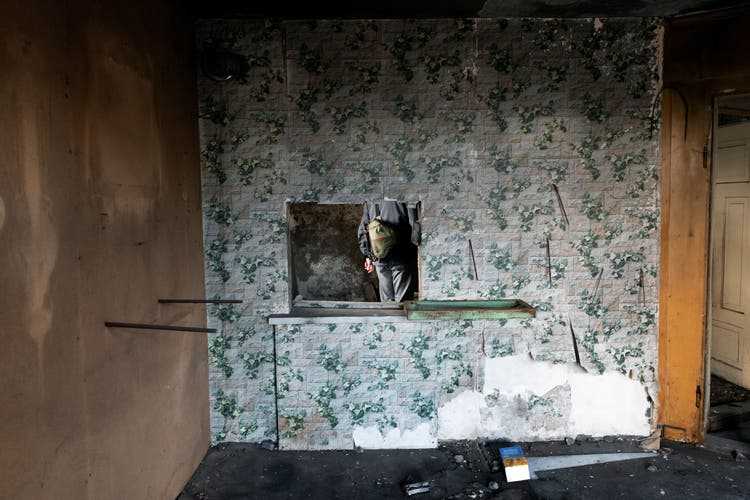
Yellowed wallpaper is peeling off the wall in this old residential building in Oberglatt. The kitchen was probably installed here.


Left picture: The sockets have stood the test of time quite well. Right: Sooty calendar pages on the ground indicate that there was a fire here.
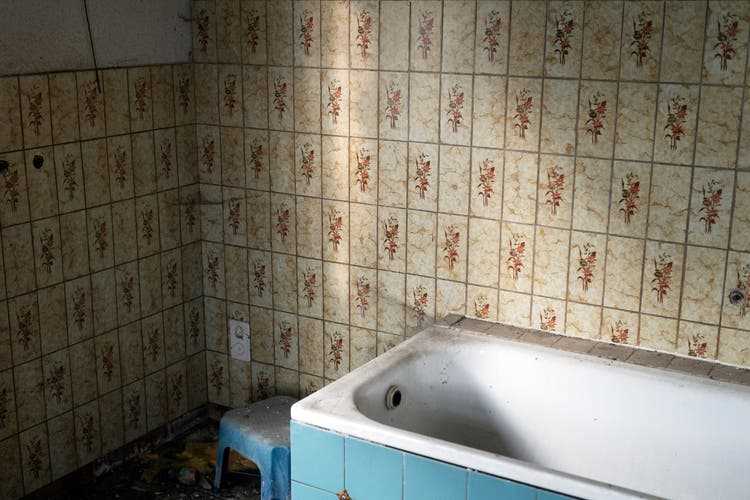
In the bathroom there is still a plastic stool in the corner – tone in tone with the bathtub.
*Name known to editors
